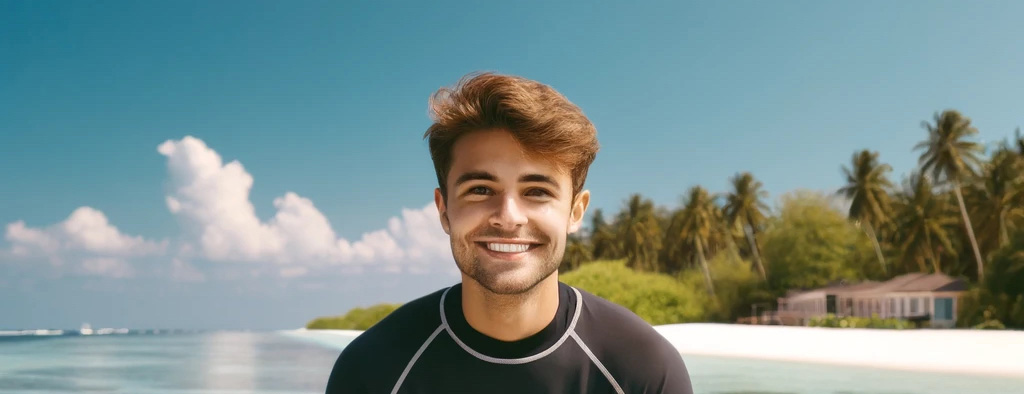
If the seas of the world were void of life, most humans would have little reason to visit them. However, as divers, we know that the underwater world is teeming with fascinating energy, color and awe, which makes us responsible for protecting the environment for future generations.
During scuba diving’s infancy, divers in tropical waters did not typically wear an exposure suit. The water was warm, and as far as they were concerned, they only needed protection from the rock and coral. It was common for these divers to wear jeans, a work shirt and leather palmed gloves to protect their hands.
Many of these divers would surface from a dive with pieces of coral, plant life and slime, ripped from living creatures, clinging to their clothing. The divers were happy that they were protected from the cuts and abrasions that sea life can cause, as most of them knew how difficult it was for these types of injuries to heal properly. Some of these divers would intentionally break up urchins and shell-bound life in an effort to attract and photograph hungry fish.
These actions and attitudes horrify today’s divers, who have been educated to pay attention to and respect the underwater environment. Today, the impact divers have on the underwater environment is an important topic. Biologists and ecologists have conducted many studies globally to evaluate the impact divers have on the environment, and as a result, many countries have already, or will be implementing guidelines for divers to follow when diving in their underwater parks.
Recent studies suggest that much of the relatively new damage caused to the reefs and seabeds have been the result of divers inadvertently coming in contact with them, in many cases, due to poor buoyancy control. In this sense, the diver is using their equipment as a deadly weapon towards unsuspecting sea life. This is one of the reasons that SNSI has devoted part of the SNSI Advanced Open Water Diver course to improving buoyancy control techniques. Ultimately, it is the diver’s responsibility to master and control their buoyancy, and make every effort to avoid contacting, and possibly destroying sea life no matter where they dive.
When it comes to protecting the environment, there are many “small actions” that every diver can take, even in their everyday life. For this reason SNSI developed the SNSI Ocean Guardian Specialty course that aims to teach conscientious practices that can be incorporated into every day life and help protect and improve the environment.
All BCDs available for sale today are equipped with D-rings to attach hoses, instruments and other items that may otherwise dangle from the diver. The alternate air source, gauges, hoses, etc. should all be attached to the D-rings to pull them closer to the diver and help avoid inadvertent, potentially dangerous contact with other objects. Securing these items also helps to protect them from damage caused by collisions or snags. The diver should secure these items so that they do not dangle, but allow for fast access.
The recommended configuration is in a “virtual triangle” with the top of the triangle at the top-center of the sternum, and the bases of the triangle just below the pectoral muscles. This will help keep the instruments readily available, yet streamlined and out of the way.
It is highly recommended to never touch any living creature, coral or plant life, especially when wearing gloves. Wearing gloves often removes the psychological barrier to touching because our hands are protected. However, even light contact with some organisms removes the mucus that protects them from becoming vulnerable to other animals. For this reason, many underwater parks around the world prohibit divers from wearing gloves.
It is also important to be aware of your fin movements. Kicking near the bottom or near a wall often causes indirect damage by stirring up substrate that can suffocate entire colonies of neighboring polyps. Increasing your equipment awareness, maintaining proper buoyancy and paying attention to your propulsion techniques will undoubtedly improve your spatial awareness and help you avoid contact with underwater objects and sea life.